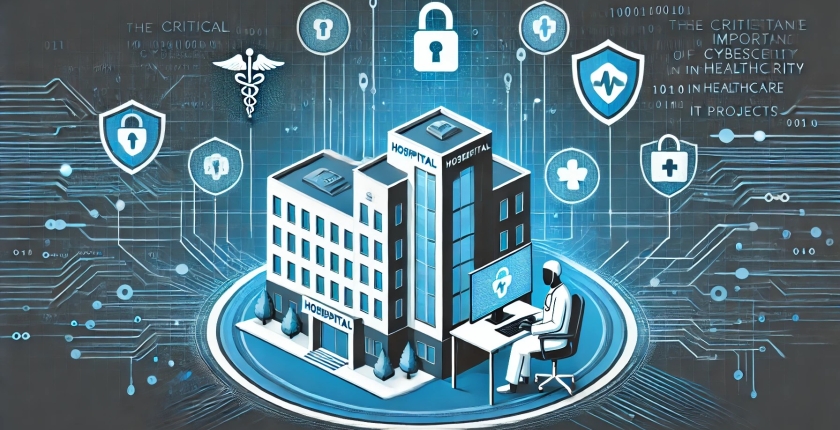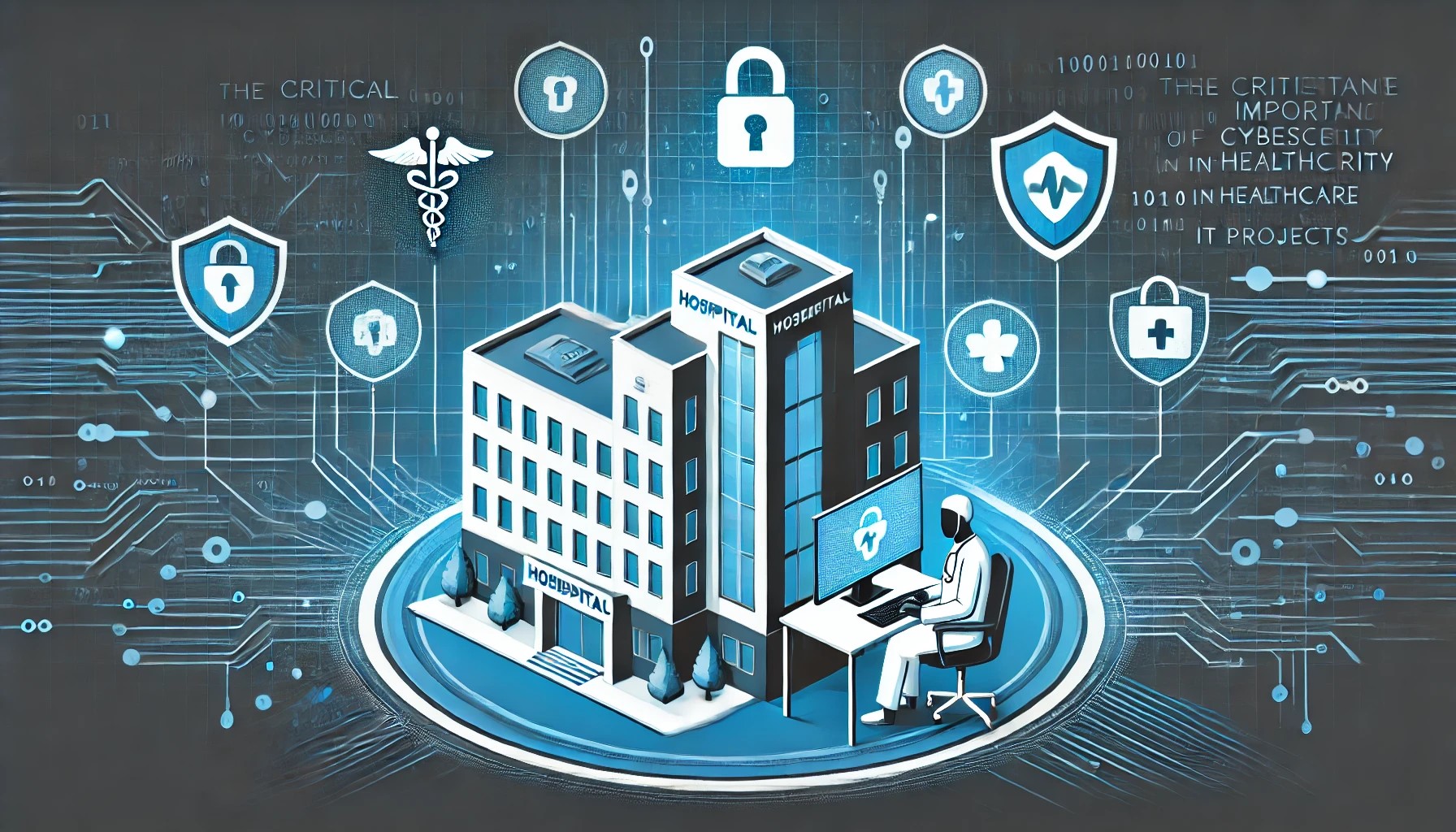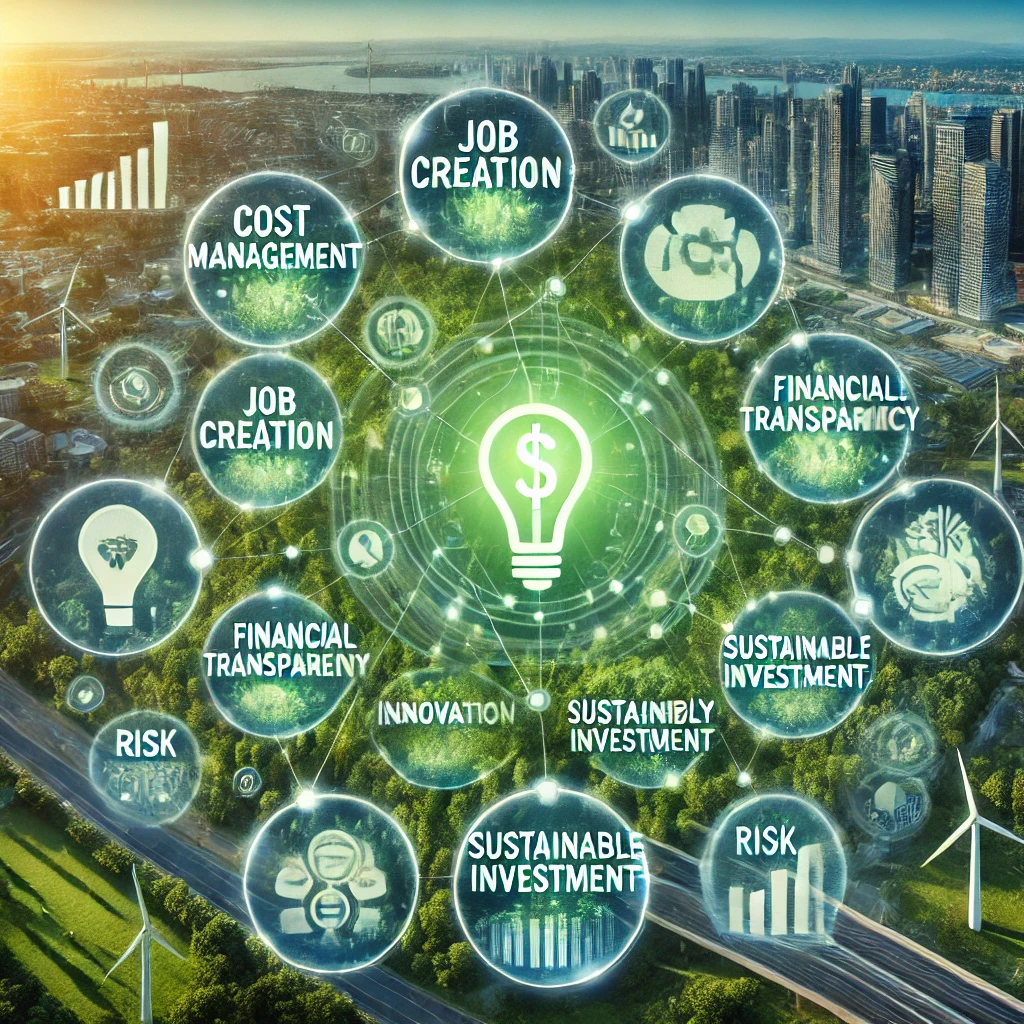Practical Strategies for Product and Process Sustainability in Project Management
Introduction
In our previous article, we introduced the P5 Standard and provided a comprehensive guide on how to begin integrating sustainability into your project management practices. In this article, we will delve deeper into practical strategies for ensuring sustainability in the Product and Process categories of the P5 Standard. By adopting these strategies, project managers can significantly enhance the environmental, social, and economic outcomes of their projects.
Understanding Product and Process Sustainability
The P5 Standard by Green Project Management (GPM) emphasizes the importance of considering both the product lifecycle and the processes involved in managing projects. Product sustainability focuses on the lifecycle impacts of the project’s output, from design and production to use and disposal. Process sustainability, on the other hand, looks at the efficiency, effectiveness, and fairness of the project management practices used.
Practical Strategies for Product Sustainability
- Design for Sustainability
- Lifecycle Thinking: Incorporate sustainability from the design phase by considering the entire product lifecycle. This includes selecting materials that are renewable, recyclable, or biodegradable.
- Eco-friendly Materials: Choose materials that have a lower environmental impact, such as those that are certified by sustainability standards like FSC or Cradle to Cradle.
Template: Sustainable Product Design Checklist
|
Design Element |
Sustainable Option |
Action Plan |
|
Material Selection |
Recyclable or biodegradable |
Source certified eco-friendly materials |
|
Energy Efficiency |
Low energy consumption |
Incorporate energy-efficient technologies |
|
End-of-life Disposal |
Recyclable components |
Design for easy disassembly and recycling |
|
Packaging |
Minimalist and recyclable |
Use biodegradable or minimal packaging |
|
Durability |
Long-lasting materials |
Choose materials that extend product life |
|
Chemical Use |
Non-toxic substances |
Eliminate hazardous chemicals in production |
- Sustainable Production Practices
- Energy Efficiency: Implement energy-efficient production processes to reduce carbon footprint.
- Waste Minimization: Adopt lean manufacturing techniques to minimize waste and increase resource efficiency.
Template: Sustainable Production Plan
|
Production Stage |
Sustainable Practice |
Action Plan |
|
Manufacturing |
Energy-efficient machinery |
Upgrade to energy-efficient equipment |
|
Waste Management |
Lean manufacturing techniques |
Implement waste reduction strategies |
|
Water Use |
Water recycling systems |
Install systems for water reuse |
|
Emission Control |
Low-emission technologies |
Invest in emission-reducing equipment |
|
Worker Safety |
Safe and ergonomic practices |
Provide safety training and ergonomic tools |
|
Supply Chain |
Sustainable logistics |
Optimize transportation routes and methods |
- Responsible Sourcing
- Ethical Suppliers: Ensure that suppliers adhere to ethical labor practices and environmental standards.
- Local Sourcing: Whenever possible, source materials locally to reduce transportation emissions and support local economies.
Template: Responsible Sourcing Plan
|
Supplier Criteria |
Sustainable Practice |
Action Plan |
|
Ethical Standards |
Adherence to labor and environmental standards |
Evaluate and audit suppliers regularly |
|
Local Sourcing |
Minimize transportation emissions |
Identify and engage local suppliers |
|
Certification |
Sustainability certifications |
Prefer suppliers with recognized certifications |
|
Fair Trade |
Support fair trade practices |
Choose suppliers involved in fair trade |
|
Transparency |
Clear supply chain visibility |
Implement supply chain tracking systems |
|
Long-term Relationships |
Build partnerships with suppliers |
Develop long-term contracts with sustainable suppliers |
Practical Strategies for Process Sustainability
- Efficient Project Management Practices
- Agile Methodologies: Use agile project management methodologies to enhance flexibility and efficiency.
- Continuous Improvement: Implement continuous improvement practices such as Kaizen to regularly identify and eliminate inefficiencies.
Template: Process Efficiency Plan
|
Process Stage |
Improvement Method |
Action Plan |
|
Project Planning |
Agile methodologies |
Train team in agile practices |
|
Execution |
Continuous improvement (Kaizen) |
Conduct regular process reviews |
|
Resource Allocation |
Efficient resource management |
Use resource management tools |
|
Communication |
Clear and consistent updates |
Implement regular team check-ins |
|
Risk Management |
Proactive risk identification |
Develop risk management plans |
|
Quality Assurance |
Regular quality checks |
Set up quality control checkpoints |
- Stakeholder Engagement
- Inclusive Decision-Making: Engage stakeholders in decision-making processes to ensure that diverse perspectives are considered.
- Transparent Communication: Maintain open and transparent communication channels to build trust and collaboration.
Template: Stakeholder Engagement Plan
|
Stakeholder Group |
Engagement Method |
Frequency |
Responsible Party |
|
Employees |
Workshops, surveys |
Quarterly |
HR Manager |
|
Local Community |
Public meetings |
Bi-annual |
Community Liaison |
|
Suppliers |
Sustainability workshops |
Annual |
Procurement Manager |
|
Customers |
Feedback sessions |
Bi-annual |
Customer Relations |
|
Investors |
Sustainability reports |
Annual |
Finance Manager |
|
Regulatory Bodies |
Compliance reviews |
Annual |
Compliance Officer |
- Sustainable Risk Management
- Proactive Risk Identification: Identify sustainability risks early in the project lifecycle and develop mitigation strategies.
- Resilience Planning: Build resilience into project plans to adapt to changing environmental and social conditions.
Template: Sustainable Risk Management Plan
|
Risk Factor |
Mitigation Strategy |
Action Plan |
|
Environmental Impact |
Proactive risk identification |
Conduct environmental impact assessments |
|
Social Impact |
Community engagement |
Develop community impact mitigation strategies |
|
Regulatory Compliance |
Regular compliance checks |
Schedule periodic compliance reviews |
|
Supply Chain |
Diversified sourcing strategy |
Identify multiple sustainable suppliers |
|
Climate Change |
Adaptation and resilience planning |
Develop climate adaptation plans |
|
Market Changes |
Continuous market analysis |
Regularly review market conditions |
Insights from GPM’s PRiSM Methodology
The PRiSM (Projects integrating Sustainable Methods) methodology by GPM is a project management approach that integrates sustainability into every phase of the project lifecycle. PRiSM emphasizes the need for projects to create value not only for the organization but also for society and the environment. Here are some key principles from PRiSM that can enhance your sustainability practices:
- Holistic Approach: Consider the environmental, social, and economic impacts of project decisions. This aligns with the P5 Standard's comprehensive view of sustainability.
- Stakeholder Value Creation: Focus on creating value for all stakeholders, including employees, customers, suppliers, and the community. This can be achieved through transparent communication and inclusive decision-making processes.
- Sustainable Resource Use: Optimize the use of resources to minimize waste and environmental impact. This includes energy-efficient practices, responsible sourcing, and waste reduction strategies.
Conclusion
Implementing the P5 Standard requires a commitment to continuous improvement and a holistic approach to project management. By adopting the practical strategies outlined in this article, project managers can enhance the sustainability of their products and processes, contributing to a more sustainable future for all. Stay tuned for the next article in this series, where we will explore sustainability strategies for the People and Planet categories of the P5 Standard.
Additional Resources
- GPM Global Website
- UN Sustainable Development Goals
- Fundamentals of Project Sustainability by PMI
- Five Strategies for Projects to Become More Sustainable by APM
- Sustainability in Project Management: A Complete Guide by PMO365
- The PRiSM Methodology by GPM
- Principles for Sustainable Project Management by GPM
- GPM Insights
Implementing the P5 Standard is not just about compliance but about creating lasting value and positive impacts. Start today, and lead your projects towards a sustainable future.





